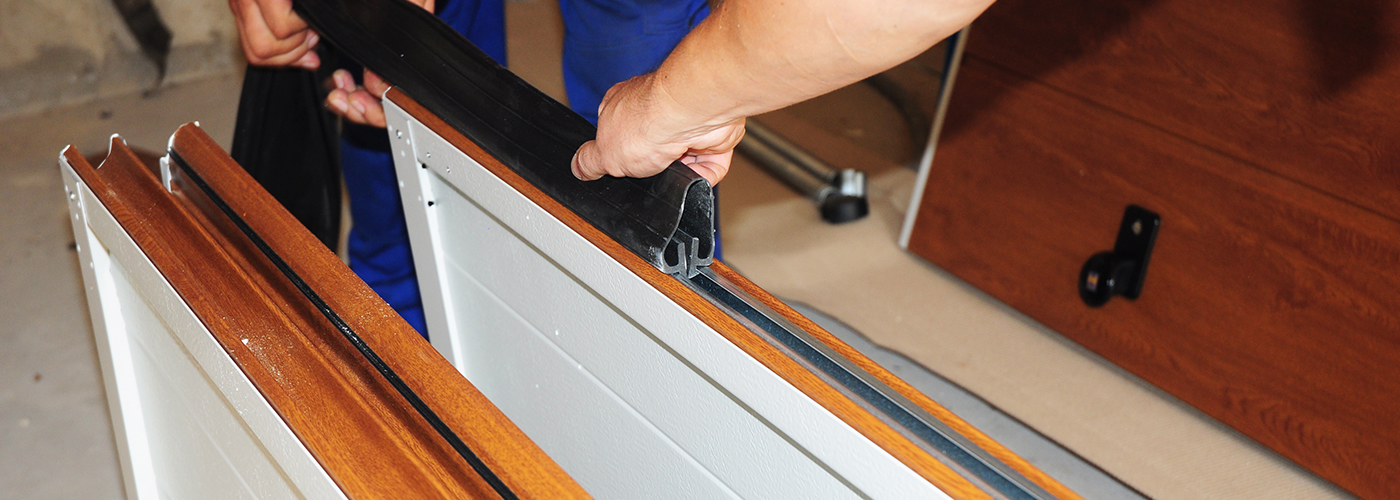Insulating your garage door is a great way to moderate the temperature in your garage while keeping your heating and air conditioning bills down! Insulating your garage in the fall is a great way to keep heating costs down in preparation for winter, but you can benefit from insulation all year round! At American Veteran Garage Doors, we’ve put together 4 tips for insulating your garage this fall!
#1 Measure Doors and Panels
It may seem like common sense, but measuring the surface area of your garage doors and each individual panel is important to remember so that you can order enough insulation and install it properly. In order to get the most our of insulating your garage, you need to have accurate measurements.
#2 Pick the type of insulation you want to use
While we often don’t think of there being a lot of variety when it comes to garage doors and insulation, there are actually a couple of different kinds of insulation to choose from. Each of them has its own unique pros and cons, but it really just comes down to thermal resistance (R- values), price, and preference. The three main kinds of insulation are Batt Insulation, Foam Board Insulation, and Reflective Insulation. Note that the higher the R-value, the greater the effectiveness of the insulation.
Batt Insulation
Batt Insulation is most commonly found in walls and attics and it is usually backed by paper or foil to help limit the amount of air vapor that will pass through it. Batt Insulation is made from fiberglass and has an insulating value of R-3 to R-4.
Foam Board Insulation
Foam board insulation is made from polystyrene and provides about the same level of insulation as Batt Insulation. The benefit of the foam board is that you can get varying thicknesses to increase the effectiveness. Foam Board Insulation ranges from an insulation value of R-3 to R-6.
Reflective Insulation
Reflective Insulation is a highly reflective aluminum foil that is applied to insulation materials in order to reflect radiant heat. This reflective insulation is great for garages in the summer and has an R-value between R-3.5 and R-6.
#3 Cut and install insulation
Once you have the right measurements for your insulation you can cut and install the insulation. If you are applying reflective insulation with a foam or batt insulation, you can apply double-sided adhesive tape to hold it in place while you install the foam board.
#4 Apply weather stripping
The main reason that you want to apply weather stripping to your garage door is so that your garage door stops letting out heat and cold air. Weather-stripping allows your garage door to make contact with the floor. You could spend time insulating your garage door, but if the bottom and sides of your garage door have openings, then the insulation will be a lot less effective.

